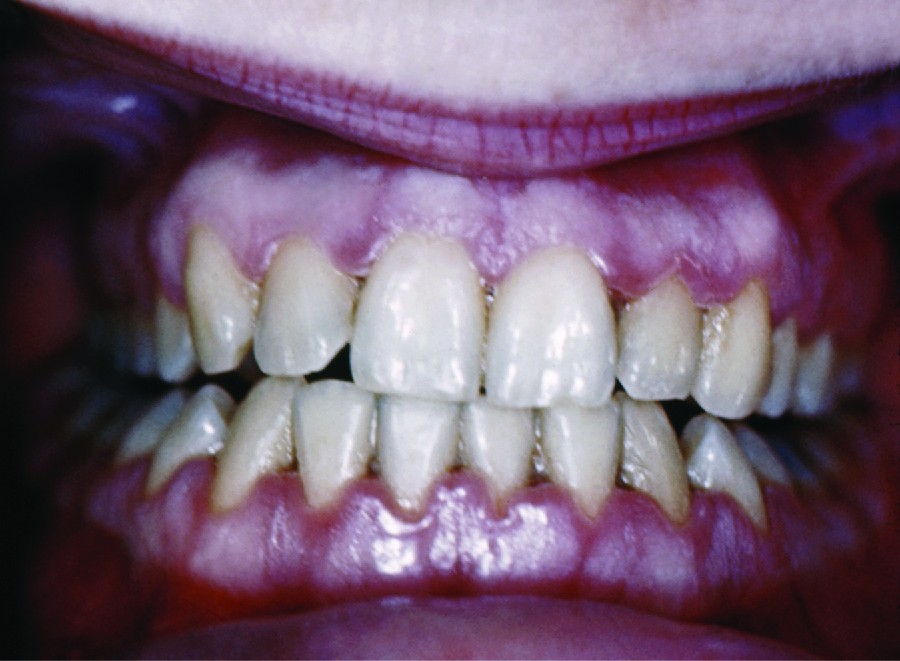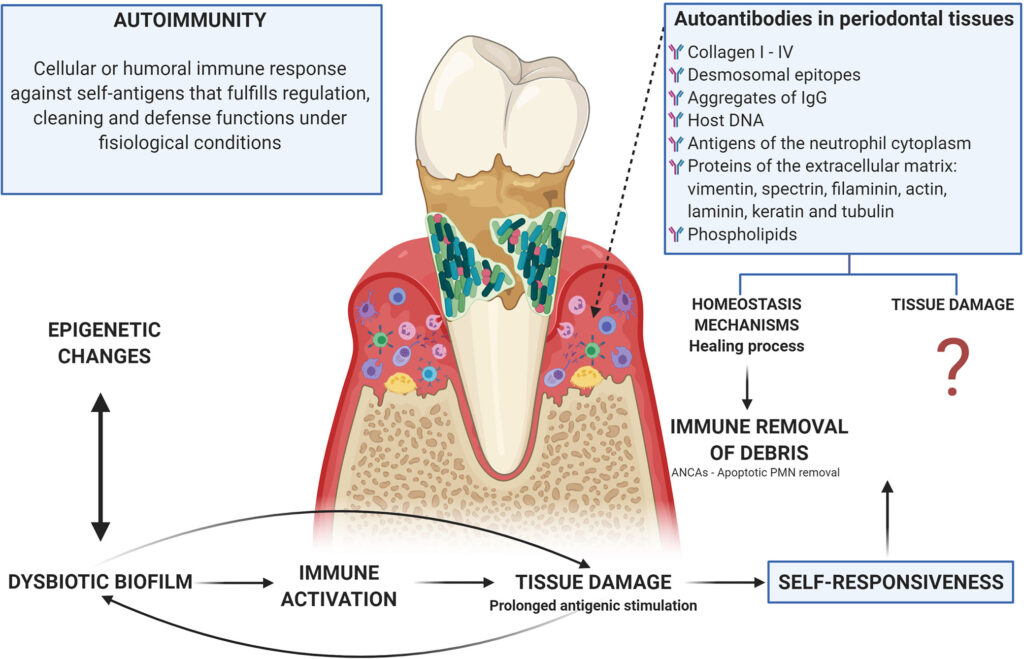Gingivitis, commonly referred to as gum inflammation, is a mild form of gum disease that affects millions of people worldwide. If left untreated, it can progress into more severe conditions such as periodontitis, which may result in tooth loss. Understanding the causes, recognizing the symptoms, and adopting preventive measures are essential steps in maintaining oral health. In this article, we will explore gingivitis in detail, including its causes, symptoms, prevention strategies, and available treatment options.

What is Gingivitis?
Gingivitis is an early stage of gum disease characterized by inflammation of the gums. It occurs when plaque, a sticky film of bacteria, builds up on the teeth and irritates the gum tissue. While gingivitis is relatively common, it is also highly preventable and treatable if addressed promptly. Without proper care, however, it can lead to more serious dental issues.
Causes of Gingivitis
Gingivitis does not develop overnight. Several factors contribute to its onset, and understanding these causes can help individuals take proactive steps to avoid it.
Poor Oral Hygiene
The primary cause of gingivitis is inadequate oral hygiene. When food particles and bacteria are not removed from the teeth regularly, they form plaque. Over time, plaque hardens into tartar, which cannot be removed by brushing alone. Tartar buildup irritates the gums, leading to inflammation and infection.
Hormonal Changes
Hormonal fluctuations, particularly during puberty, pregnancy, and menopause, can increase the risk of developing gingivitis. These changes make the gums more sensitive and prone to irritation, even with minimal plaque buildup.
Tobacco Use
Smoking or using other forms of tobacco significantly increases the likelihood of gum disease. Tobacco use weakens the immune system, making it harder for the body to fight off infections, including those affecting the gums.
Chronic Illnesses
Certain medical conditions, such as diabetes and heart disease, can heighten the risk of gingivitis. People with weakened immune systems are more susceptible to infections, including gum infections. Additionally, medications used to treat chronic illnesses may cause dry mouth, reducing saliva production and increasing the risk of plaque accumulation.
Poor Nutrition
A diet lacking essential nutrients, particularly vitamin C, can weaken the gums and make them more vulnerable to inflammation. Consuming excessive amounts of sugary foods and beverages also promotes bacterial growth, contributing to plaque formation.
Symptoms of Gingivitis
Recognizing the signs of gingivitis is crucial for early intervention. The following symptoms may indicate the presence of gum inflammation:
- Red, swollen, or tender gums
- Bleeding gums, especially during brushing or flossing
- Bad breath that does not go away
- Receding gums
- Visible buildup of plaque or tartar along the gumline
- Loose teeth in advanced cases
It is important to note that gingivitis is often painless in its early stages, making it easy to overlook. Regular dental checkups are essential for detecting and addressing the condition before it worsens.
Prevention of Gingivitis
Preventing gingivitis requires a combination of good oral hygiene practices, healthy lifestyle choices, and regular professional dental care. Below are some effective strategies to keep your gums healthy:
Maintain Proper Oral Hygiene
Brushing your teeth at least twice a day and flossing daily are fundamental steps in preventing gingivitis. Use a soft-bristled toothbrush and fluoride toothpaste to remove plaque effectively. Pay special attention to the gumline, where plaque tends to accumulate. Replacing your toothbrush every three to four months is also recommended to ensure optimal cleaning.
Use Antiseptic Mouthwash
Incorporating an antiseptic mouthwash into your oral care routine can help reduce bacteria in the mouth and prevent plaque buildup. Look for products approved by dental associations and follow the instructions for use.
Eat a Balanced Diet
A diet rich in fruits, vegetables, lean proteins, and whole grains supports overall health, including gum health. Limiting sugary snacks and beverages can reduce the risk of plaque formation. Foods high in vitamin C, such as oranges, strawberries, and bell peppers, are particularly beneficial for gum health.
Avoid Tobacco Products
Quitting smoking or avoiding tobacco use altogether is one of the best things you can do for your oral and overall health. Not only does tobacco use increase the risk of gum disease, but it also slows down the healing process after dental treatments.
Visit Your Dentist Regularly
Regular dental checkups and professional cleanings are vital for preventing gingivitis. Dentists can identify early signs of gum disease and remove tartar that cannot be eliminated through brushing and flossing alone. Most dental professionals recommend visiting the dentist at least twice a year for optimal oral health.
Treatment Options for Gingivitis
If gingivitis is detected early, it can often be reversed with proper care. Treatment typically involves a combination of professional dental procedures and improved oral hygiene practices.
Professional Dental Cleaning
The first step in treating gingivitis is a thorough dental cleaning performed by a dental hygienist or dentist. During this procedure, plaque and tartar are removed from the teeth and gumline. Scaling and root planing may be necessary if tartar has accumulated below the gumline.
Improved Oral Care Routine
After a professional cleaning, maintaining a consistent oral hygiene routine is essential to prevent the recurrence of gingivitis. This includes brushing, flossing, and using mouthwash as recommended by your dentist.
Medications
In some cases, dentists may prescribe medications to help manage gingivitis. These may include antimicrobial mouth rinses, antibiotic gels, or oral antibiotics to control bacterial infections. However, medications are typically used as a supplement to, rather than a replacement for, good oral hygiene practices.
Lifestyle Changes
Making positive lifestyle changes can support the treatment of gingivitis. Quitting smoking, eating a balanced diet, and managing stress can all contribute to better gum health. For individuals with underlying medical conditions, working with healthcare providers to manage these conditions effectively is also important.
Surgical Interventions (in Severe Cases)
If gingivitis progresses to periodontitis, more invasive treatments may be necessary. Procedures such as flap surgery, bone grafts, or tissue grafts may be required to restore damaged gums and supporting structures. These treatments are typically reserved for advanced cases and are performed by periodontists, specialists in gum health.
When to See a Dentist
If you notice any symptoms of gingivitis, such as bleeding gums or persistent bad breath, it is important to schedule an appointment with your dentist as soon as possible. Early intervention can prevent the condition from worsening and save you from more extensive and costly treatments in the future.
Additionally, individuals with risk factors such as diabetes, tobacco use, or a family history of gum disease should prioritize regular dental visits. Even if no symptoms are present, routine checkups can help detect potential issues before they become serious.
Final Thoughts
Gingivitis is a common yet preventable condition that affects the health of your gums and teeth. By understanding its causes, recognizing its symptoms, and adopting preventive measures, you can protect your oral health and avoid complications. With proper care and timely treatment, gingivitis can be managed effectively, ensuring a healthy smile for years to come.





